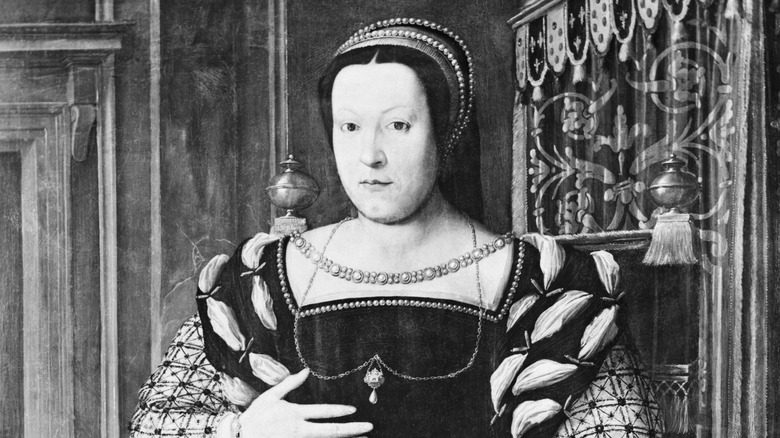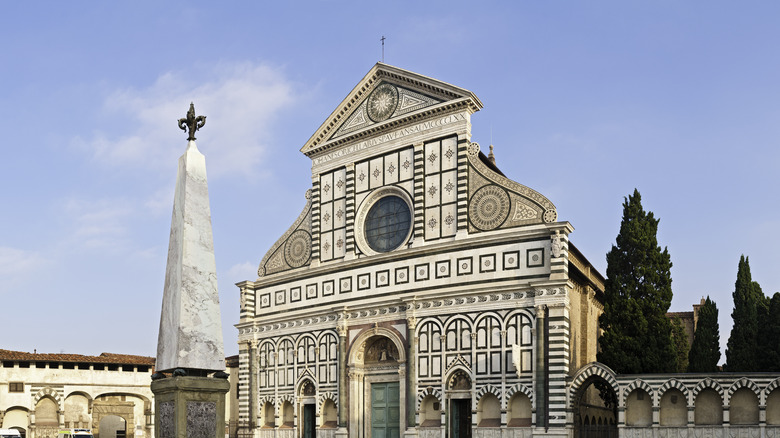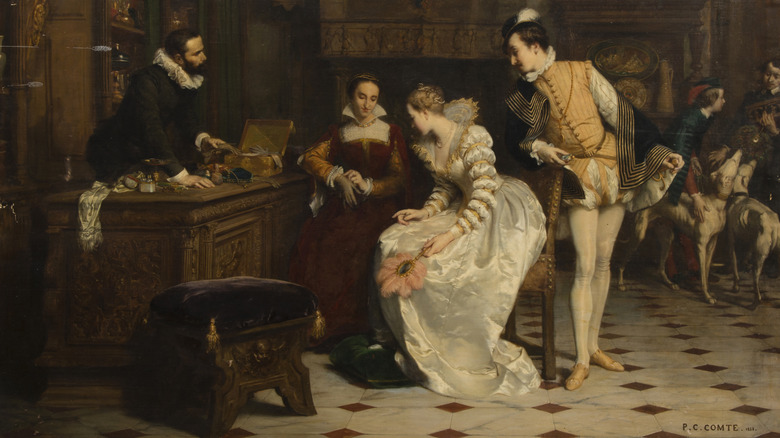The Same Perfume Catherine De Medici Used Back In The 1500s Is Still Available Today
Catherine de' Medici was a Florentine noblewoman who became queen consort of France when her husband, the Duke of Orleans, became King Henry II In 1547. She reigned until his death in 1559 and remained prominent as regent of France after. Though she had only married into the royal family, Catherine exerted an enormous influence on the diplomacy and political landscape of 16th-century Europe, guiding her country through numerous political crises and laying the foundations for children to accede to the throne, three of which did. However, her legacy is marred by accusations that she was personally responsible for the horrors of the St. Bartholomew's Day Massacre, though this fact is debated by historians to this day.
What we do know however is that Catherine was an important cultural figure who brought a great deal of personal energy and enthusiasm to turbo-charging the arts. She was devoted to developing beautiful architecture like she knew from her home city of Florence and was a patron of musicians and artists. And she was obsessed with one of her era's most popular luxury goods: perfume. So much so that she would pay to have perfume commissioned by Florentine experts, whose concoctions are so timeless that they are still in demand almost 500 years later.
A scent fit for a king (or queen)
Catherine de' Medici commissioned the perfume that is most associated with her — Acqua della Regina, now Acqua di Santa Maria Novella — way back in 1533 to commemorate her wedding to the future King Henry II. She was just 14 years old at the time, but throughout her adult life she continued to be associated with perfume and ignited a fashion for fragrances throughout the royal courts of Europe.
The special fragrance — which is still in demand today — was developed by Dominican monks in a 13th-century Florentine pharmacy based at the Santa Maria Novella church (pictured). The pharmacy is still in operation. For the fragrance, the monks developed an innovation: an alcohol base. This ensured the scent was maintained for longer before turning unpleasant. According to Nose Paris, the modern version of the perfume follows the original recipe. It includes base notes of musk and patchouli, which contrast with heart and head notes — an array of herbs and extracts such as rosemary, citrus, neroli, clove, and lavender.
How perfume was used in Medieval Europe
When they were first developed, the perfumes made by experts such as the Dominican monks were more than just the luxury goods of the 13th century onward. At the time, Europe was overrun with deadly diseases, most notably the bubonic plague, also known as the "Black Death." It was believed that such diseases were spread by smell and that by using perfumes and other "nosegays," one could prevent contracting them.
Today, both men and women tend to spray fragrances on the neck, while the latter sometimes classically spray their wrists. But in Catherine de Medici's day, such fragrances as Acqua della Regina were often used in a different way. Medici was particularly fond of perfumed gloves, which were a part of her wedding outfit and became something of a signature for her at court. Under her influence, the fashion for perfumed gloves spread throughout Europe.
Medici would sometimes gift specially made perfumed gloves to friends and relatives, and it was rumored that she had poisoned the mother of her daughter's husband-to-be, Jeanne d'Albret, Queen of Navarre, with a pair laced with a toxic substance — but there is no evidence that this is true.


